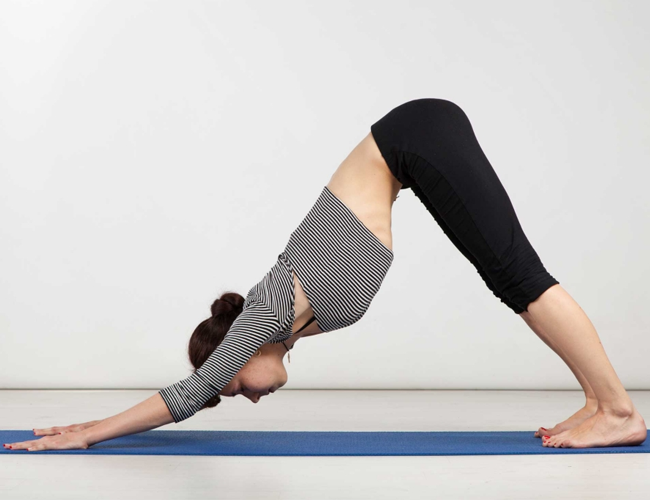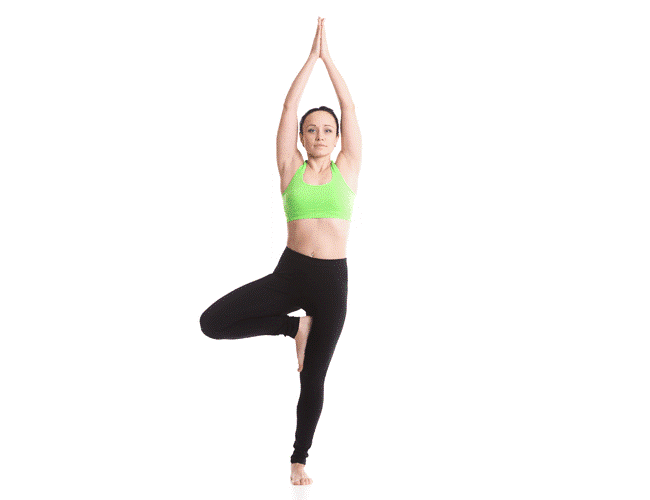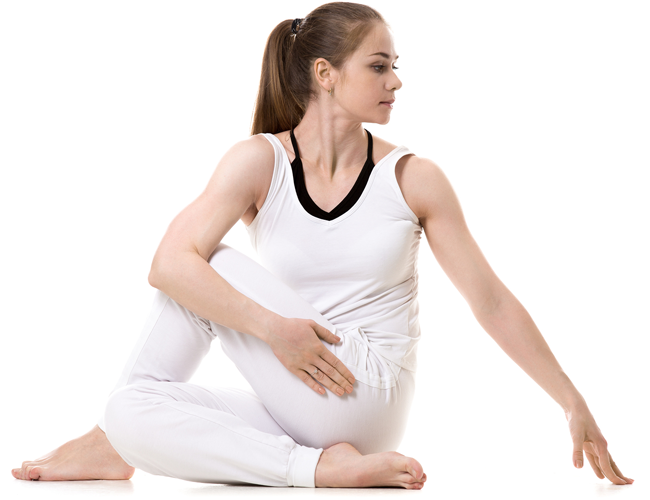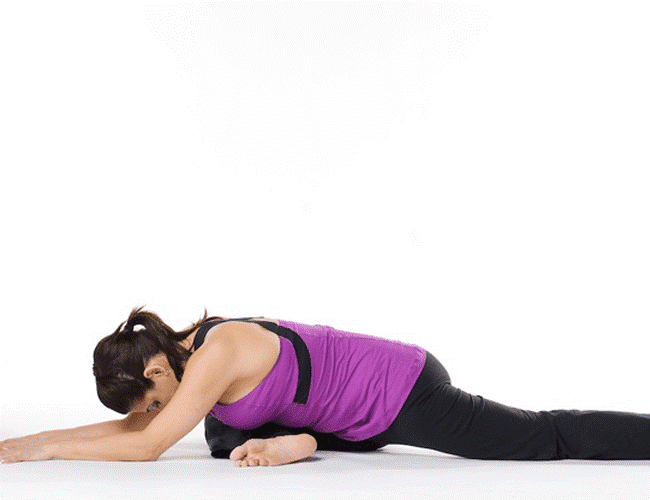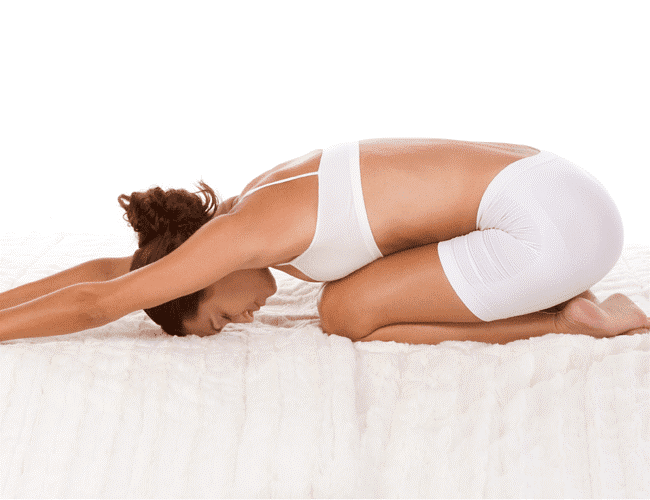Some basic YOGA moves anyone can do
It can be said that
in today's developed society, YOGA is becoming more and more familiar and close
to many people, especially our office people - who have little time to move due
to the specific work. Before going any deeper into this sport, we should
have an overview of YOGA.
1.
What is YOGA?
Certainly, we hear
from the YOGA a lot, everywhere, the media, the advertising, the media ... but
the nature of YOGA is not certain we all know. According to history books,
YOGA is a method of training the body (combining spirit and body), originating
in India, and this method requires quite strict, methodical and concentration
training regime. high. Other information you can search yourself, because
it is available on the Internet today.
2.
Basic YOGA poses and movements:
Wait,
what do you guys need to have before you get started? That is the YOGA
practice mat, everyone can refer to some of the best- selling yoga mats.
Posture
01: Mountain - Mountain posture:
·
Stand up straight with 2 feet, relax both shoulders, the
weight of the body will be spread evenly across the feet, the hands are placed
on both sides.
·
Take a deep breath, slowly raise your hands, palms facing
each other, and create your body in a straight line from under your feet to
your fingertips.
 |
| Mountain - Mountain posture |
Position
02: Downward Dog - Dog bow:
·
True to its name, the dog bowed. Imagine how the dog
bowed, I did it, with both hands and feet touching the ground (or practice
mat), hands lower than shoulders, knees lower than hips (of course!)
·
Slowly press your toes down, then gradually push your hips
up, turning your body into an inverted V-shape, gradually widening your
shoulders. At the same time 2 legs spread hip-width apart, then knees
gradually dropped.
·
Hold that position for 3 breaths.
Posture
03: Warrior - Warrior:
·
Stand in a two-foot style that is approximately 1 meter
apart, right foot facing forward, and left foot 90 degrees toward right foot.
·
Put your hands on your hips, relax your shoulders, then
gradually raise your arms to shoulder height, palms face down.
·
Gradually bend the right knee to a 90 degree angle, so
that the knee is aligned with the ankle, looking towards the right hand,
maintain that position for 1 minute.
·
Switch to the other side and repeat.
Posture
04: Tree - Tree shape:
·
Stand up straight, hands straight hips.
·
Pull the right leg up to touch the left thigh, the body
weight will be on the left leg, the hips will be straight forward.
·
While keeping your balance, gradually raise your hands
above your head, like a prayer posture. Palms facing each other, can touch
palms together or keep distance, so that arms are straight.
·
Hold for 30 seconds, then switch sides and repeat.
Posture
05: Bridge - Bridge:
·
Relax, stretch your chest, thighs, and spine.
·
Lie on the floor, practice mat, place hands on both
sides, palms face down on the floor. Then, exhale lightly, pressing your
feet to the floor, gradually lifting your hips up.
·
Keep your arms touching the floor, trying to lift your
hips up until thighs are parallel to the floor, chest up toward chin. Hold
this position for 1 minute.
· To make this pose easier, you should place a pillow or small cloth on the tailbone.
Posture
06: Triangle - Triangle:
·
It is easy to imagine, stretching both arms on both
sides, then gradually leaning to the left.
·
Stand so that your feet are about 80 to 90 centimeters
apart, your right foot forms a 90 degree angle, while your left leg tries to be
45 degrees.
·
Now for this difficult part, pull down with your left
hand until it touches the floor, or touch your left leg, remember to stretch
your toes.
·
Look up towards the ceiling, in the direction of your
right hand, and stay in that position for 5 breaths.
·
Stand up straight, switch sides and continue practicing.
Position
07: Seated Twist - Swivel sit:
·
Straighten shoulders, hips, and back.
·
Get started, sit on the floor or the carpet, legs
stretched out.
·
Cross your right leg across your left thigh, and of
course your left right knee is bent, pointing up towards the ceiling.
·
Try to twist your body to the right, as much as possible,
move your abs, and don't forget to keep your butt in place. Hold this
position for about 1 minute.
·
Switch sides and repeat.
· Note that to practice this movement easily, you should place your left leg straight on the floor, both hands on your right thigh.
Position
08: Cobra - Cobra:
·
Because our bodies cannot be as tough as snakes, we can
only do this: lying on their stomach, hands down on the floor, practice mat,
leg straightening, instep resting on the floor.
·
This part is difficult: stretching the buttocks and
pushing the hips down (feels like twisting glutes).
·
Shoulders step back down, away from ears.
·
Push your hand slowly from the thumb to the floor,
gradually lifting your chest up (like a solid head-up position).
· Then gradually relax your shoulders, repeat the movement.
Posture
09: Pigeon - Pigeon:
This exercise mainly
helps us to have toned, strong and beautiful butt muscles
·
Start with the same posture as doing push-ups, with palms
facing up, directly below the shoulders.
·
Lower your forearms, slowly starting to pull your right
leg up so that your big toe and instep touch the floor.
·
Chest up, eyes down.
·
If your body is supple type, try to push your chest down
on the floor while stretching your arms out in front of you.
· Bend the pillow towards the floor, then release it gradually. Repeat 5 times, then switch sides and continue.
Position
10: Child - Child:
·
Try to sit comfortably on the soles of your feet.
·
Gradually pull the torso forward, forehead touching the
floor.
·
Gradually lower the chest closer to the knees (so that it
is still comfortable), gradually stretch your arms forward.
· Hold that position and breathe evenly
Above
are some of the basic postures of YOGA - exercise method to improve health,
combining body and spirit, very good for those who want to improve fitness,
physique but have little conditions, movement time. Good luck!
